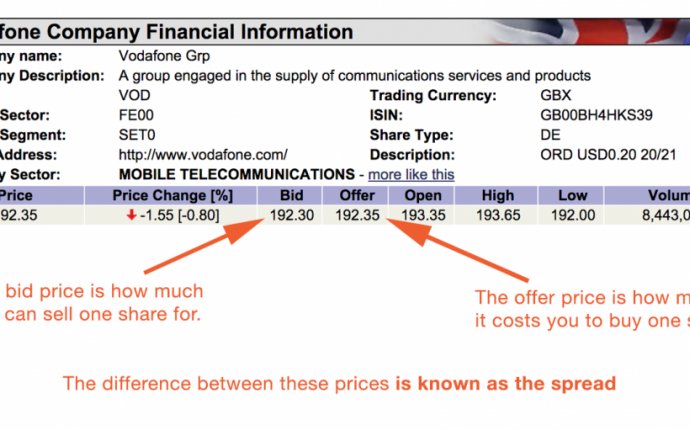
Trading in the stock market for Beginners
While you trade stock available, you need to know whenever market is taking a downward change — becoming a bear marketplace. The signs within the next listing indicate a bear market is approaching, so adjust your trading method appropriately:
- Bear areas typically start prior to the economic climate begins to decline.
- Interest rates are increasing.
- Industrial manufacturing is beginning to fall.
- Fundamental product shares, energy shares, and customer basics are doing really.
- Regular chart of S&P 500 shows lower highs and reduced lows; the MACD (Moving Normal Convergence / Divergence) line is underneath the trigger line and falling.
- Bullish per cent index indicator shows bear aware or bear verification design.
How to Trade in a Bear Market
If the marketplace is reflecting buyer anxiety and doubt — is a bear market put simply — your trading strategy should target looking to sell or short fundamentally poor companies aided by the following characteristics:
- With bad earnings or no profits.
- In a poor industry.
- In a decreasing economic climate.
- Whilst the stock is approaching a technical sell signal on its bar chart and performing even worse as compared to average stock with reduced general power.
Simple tips to Trade in a Bull marketplace
In a bull market, when trader self-confidence is high, the sound approach to trading is aim to purchase fundamentally strong businesses with all the next qualities:
- With profits that are developing faster than average.
- In a powerful sector.
- In a growing economic climate.
- As the stock is nearing a technical buy signal on its bar chart and performing better than the typical stock with high general strength.
Just how to Build Your Own Trading System
Is an effective investor, you need great wisdom and an excellent trading system. Stick to the actions in the after record to build up a system that works obtainable and therefore reflects your priorities and tolerances.
- Select system development tools.
- Gather historic information to check your body.
- Develop and test thoroughly your system design.
- Identify system optimization pitfalls.
- Test with blind simulation.
- Account fully for slippage.
- Hold a trading log.
- Frequently evaluate your investments.









